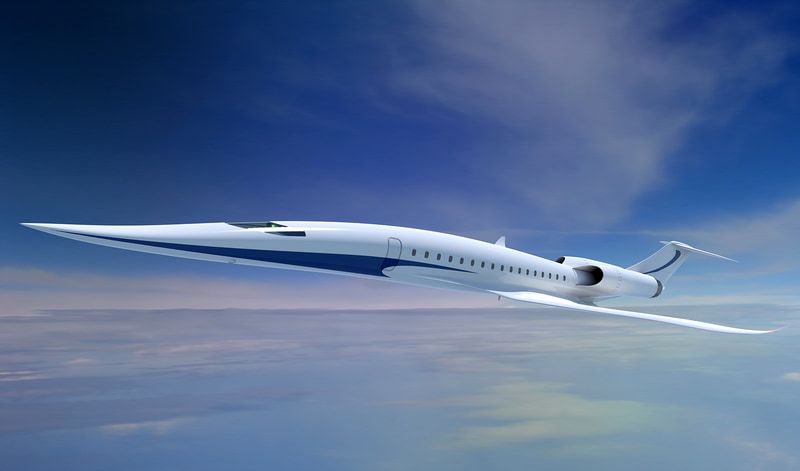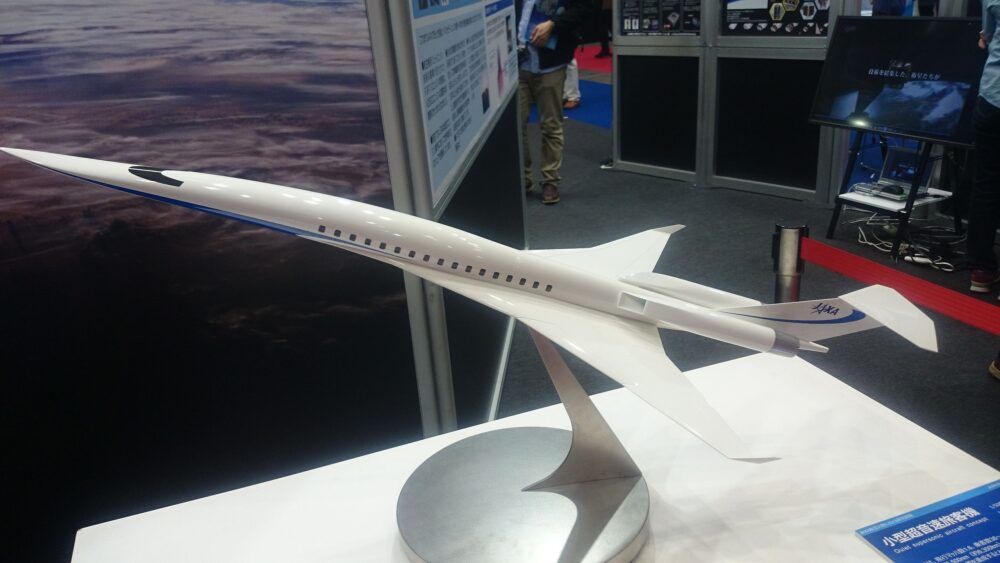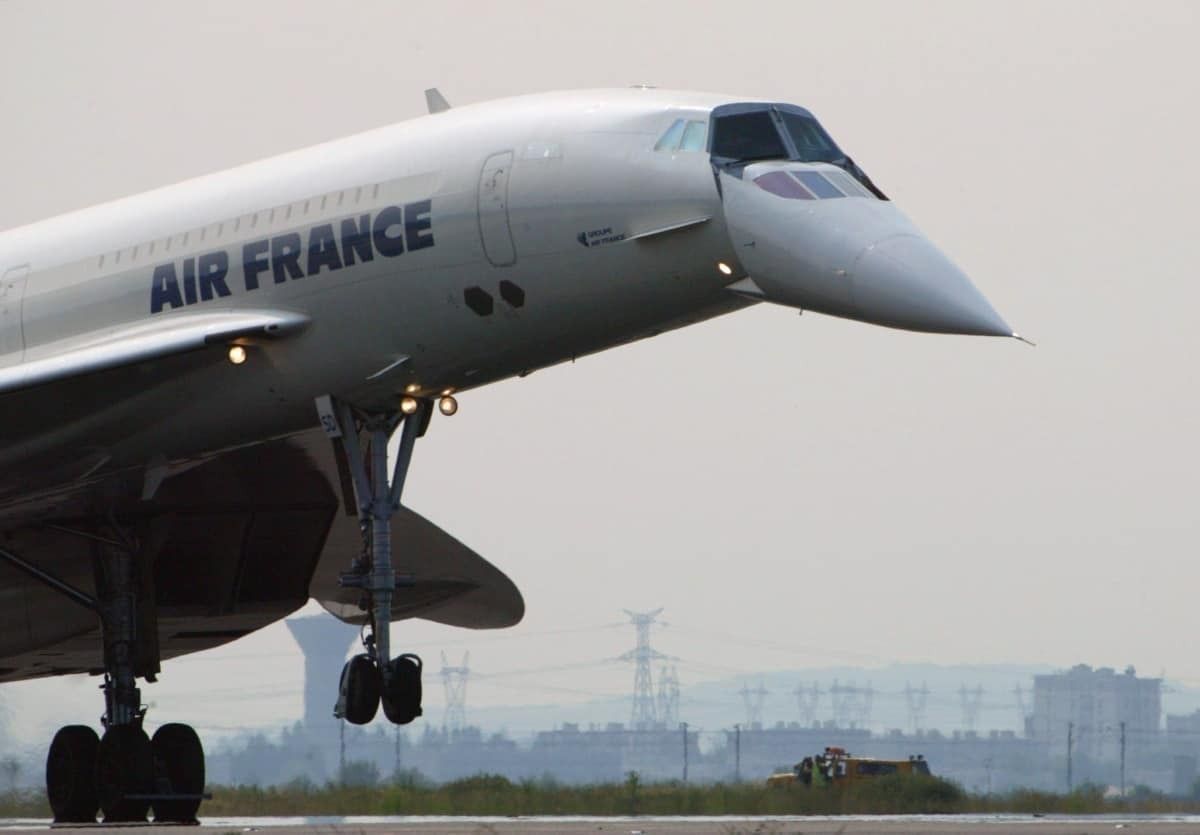The Japan Aerospace Exploration Agency (JAXA) announced today that, together with Mitsubishi Heavy Industries, Kawasaki Heavy Industries, and Subaru, they plan to develop supersonic planes by 2030. Forming what it calls the Japan Supersonic Research Council, they plan to build supersonic airliners to cut down the amount of time needed for international travel.It takes more than 12 hours to fly from Japan to Europe or the east coast of the United States. The Tokyo-headquartered space agency believes it can cut that time in half by using supersonic aircraft. While everyone knows that supersonic travel is a big time-saver, there are still technical, economic, and environmental issues to be overcome before it will be a reality.
Stay informed: Sign up for our daily and weekly aviation news digests.
JAXA is developing new technology
JAXA says that it has been busy developing technology to reduce air resistance and improve fuel efficiency to make supersonic planes economically viable. JAXA also says that it is researching lowering the sonic boom that occurs during supersonic flights.
In 2005 JAXA conducted a flight experiment in Australia that involved an experimental aircraft called "NEXST-1." JAXA says that during the test flight, they demonstrated how the body shape of a supersonic aircraft could improve fuel efficiency. JAXA claims that its experimental aircraft reduced air resistance by 13% compared to the Anglo-French-built Concorde.
Regarding the sonic boom shock waves that supersonic planes make, JAXA says it has developed technology that can reduce the noise by half. The Japanese agency said it had proved this in 2015 during a flight experiment conducted in Sweden. JAXA says it accomplished this by redesigning the airframe of the plane.
What is a sonic boom?
Like nearby thunder or a large explosion, a sonic boom is a shock wave created when an object passes through the air faster than the speed of sound. The speed at which an aircraft produces a sonic boom varies by altitude. The speed of sound is faster at lower altitudes where the air is warmer and slower in thinner cold air found higher in the atmosphere.
When you hear a sonic boom created by a plane, it is in the form of two shock waves. One is created when the front of the aircraft passes through Mach 1, and the second is when the aircraft tail passes through Mach 1, and the air pressure returns to normal.
United has placed an order with Boom
JAXA says the plane it is designing will carry between 36 and 50 passengers and have a cruising speed of Mack 1.6 and travel more than 3,500 nautical miles. Looking at trends in supersonic passenger travel, Denver-based Boom Technology is working on a 65 to 88 seat plane called "Overture." that is expected to cruise at Mach 1.7.
United Airlines is so excited by the project they have already placed orders for 15 aircraft and a provisional option for another 35.
What do you think about the JAXA supersonic plane, and do you think it can be successfully? Please tell us your thoughts in the comments.



